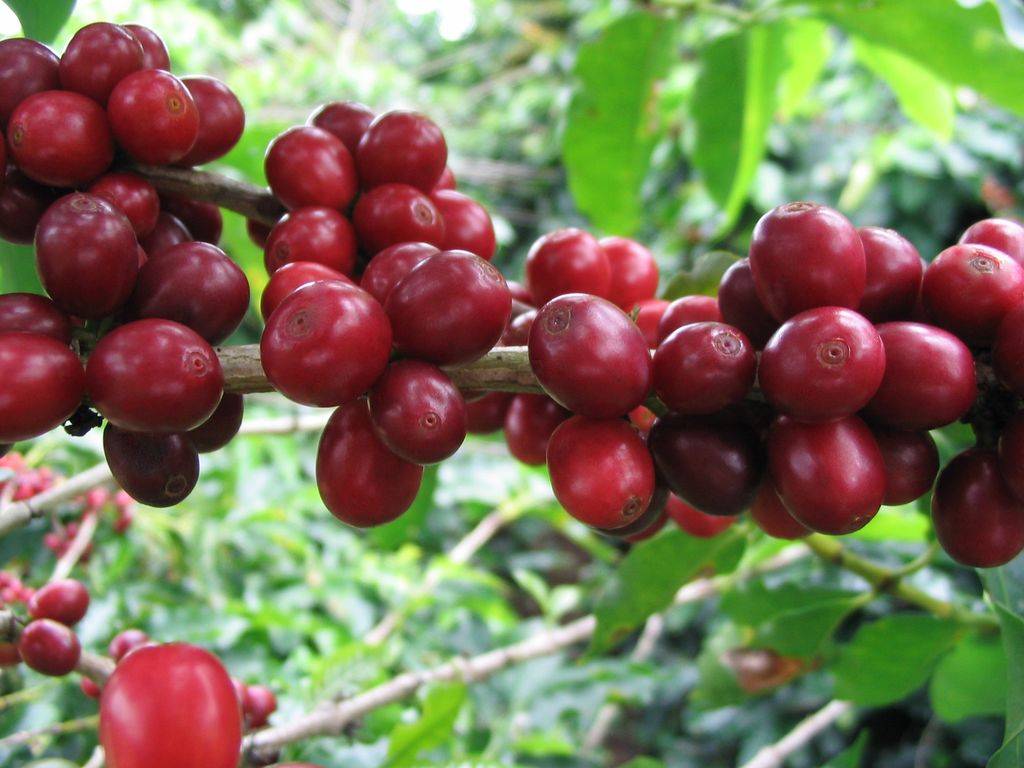The Science of Coffee

Abstract and Background
Since the 1950s there have been multiple coffee taste-preference trials. The original was performed by the Brewing Committee of the National Coffee Association1 wherein it was determined that the main factors affecting taste-preference are:
- Total dissolved solids, e.g. the strength of the brew
- Soluble Extract, e.g. the percent of the beans extracted to derive the brew strength
The Total dissolved solids (TDS %) present in a given cup directly correlates with coffee strength—the greater the TDS % the higher the strength of the resultant brew. The Soluble Extract (SE %) represents the portion of the beans that were used to derive the TDS %. The greater the percentage of the ground beans material extracted into a solution (the SE %), the more likely you are to extract bitter compounds from the beans. The smaller the percentage of ground beans that are extracted into a solution, the less likely you are to extract desirable components from the ground beans.
I conducted a series of trials comparing three available methods of brewing across the two important factors of taste as determined in previous experiments.
Materials and Methods
Each coffee brewed, in order to be comparable, should be brewed to comparable standards. For this project I chose to adhere to the Specialty Coffee Association of America (SCAA) cupping standards2.
Brew variables
-
Water3
Water Preparation:
- 10L Distilled Water
- 0.3g CaCl2
- 0.2g NaCl
- 0.3g Ca(OH2)
Water Target:
- Total Hardness as CaCO3 ~ 61ppm
- Total Alkalinity as CaCO3 ~ 41ppm
- Sodium ~ 8ppm
-
Water-to-coffee-ratio4
0.055g coffee per 1 ml water
-
Water Temperature
203°F—Roughly boiling temperature for Longmont.
-
Grind
All grinds done on the "8" setting of a Baratza Maestro Plus Conical Burr Grinder
-
Trials
Three trials were performed for each brew method to ensure consistency
TDS % and SE % Measurement
TDS % was tracked via two methods:
- TDS Meter—As sold on the SCAA website5
- Brix % Refractometer
The Brix % of a solution is a measure of the sugar content of a solution. Since the sugar content of a coffee extraction varies directly with the TDS % of a solution, a formula can be applied to derive the TDS % from the Brix %:
Brix % * 0.85 = TDS % 6
After the TDS % is measured or derived, calculation of the total
percentage extraction of bean weight extracted is relatively simple:
Total Coffee Brewed(g) * TDS % / Beans Used(g)7
Methods of Brewing
Three methods of coffee brewing were chosen, primarily by choosing brewing products which I already owned. This, however, was not the case for the Mr. Coffee machine which I procured from the local Goodwill store. The three methods of brewing that were tested were:
Results
| Method | Trial | Coffee (g) | Water (g) | Yield (g) | Brix % | TDS % (derived) | TDS % (measured) | SE % |
|---|---|---|---|---|---|---|---|---|
| Mr. Coffee | 1 | 38.5 | 700 | 606 | 1.90 | 1.62 | 1.51 | 25.42 |
| 2 | 565 | 1.90 | 1.62 | 1.42 | 23.70 | |||
| 3 | 587 | 1.90 | 1.62 | 1.43 | 24.25 | |||
| Chemex | 1 | 38.5 | 700 | 622 | 1.3 | 1.105 | 1.09 | 17.85 |
| 2 | 625 | 1.4 | 1.19 | 1.21 | 19.31 | |||
| 3 | 621 | 1.3 | 1.11 | 1.17 | 16.93 | |||
| Aeropress | 1 | 11 | 200 | 187 | 1.1 | 0.94 | 0.99 | 15.90 |
| 2 | 187 | 1.2 | 1.02 | 1.13 | 17.34 | |||
| 3 | 190 | 1.1 | 0.94 | 1.1 | 16.15 |
Conclusions & Discussion
The first thing that is important to note is that the SCAA Cupping Guidelines to which I adhered were seemingly designed for drip coffee which may not be entirely fair to the Aeropress. The Aeropress comes with instructions that contradict the methods that I use on several key points including water temperature.
Next, the grind which I selected for the coffee beans on my Baratza Maestro was not sieved and is therefore subject to some inconsistencies. These inconsistencies, however, are not likely as great as had a whirring blade grinder been used.
Further, with respect to the grind, it seemed to be much too fine when used for the Mr. Coffee, as evidenced by the consistently strong and over-extracted results. Were the subject of this research "How to brew perfect coffee with a given brewing method," I certainly would have attempted to use a coarser grind for the Mr. Coffee.
Finally, it is important to note that the SCAA Cupping standards are not the ideal methods or procedure for any of the brewing methods which I investigated.
Intelligentsia coffee has a wonderful brew guide for the Chemex
Aeropress actually holds a World Championship competition each year to determine the best method of making coffee with its brewer.
There have been several articles on how to get the most from an auto-drip coffee maker such as the Mr. Coffee.
References
- http://coffeed.com/viewtopic.php?f=17&t=2965#p28979
- http://www.scaa.org/?page=resources&d=cupping-standards
- https://scaa.org/PDF/ST%20-%20WATER%20STANDARD%20V.21NOV2009A.pdf
- http://www.scaa.org/PDF/resources/coffee-to-water-ratio-for-cupping.pdf
- TDS Meter
- Alan Alder's Brix % → TDS %
- http://coffeegeek.com/forums/coffee/questions/617573
NOTE 2018-04-06
Asser Christensen (A.K.A. The Coffee Chronicler) emailed a nice article on coffee water How to Find The Perfect Water for Coffee. It's pretty good, and you should check it out!